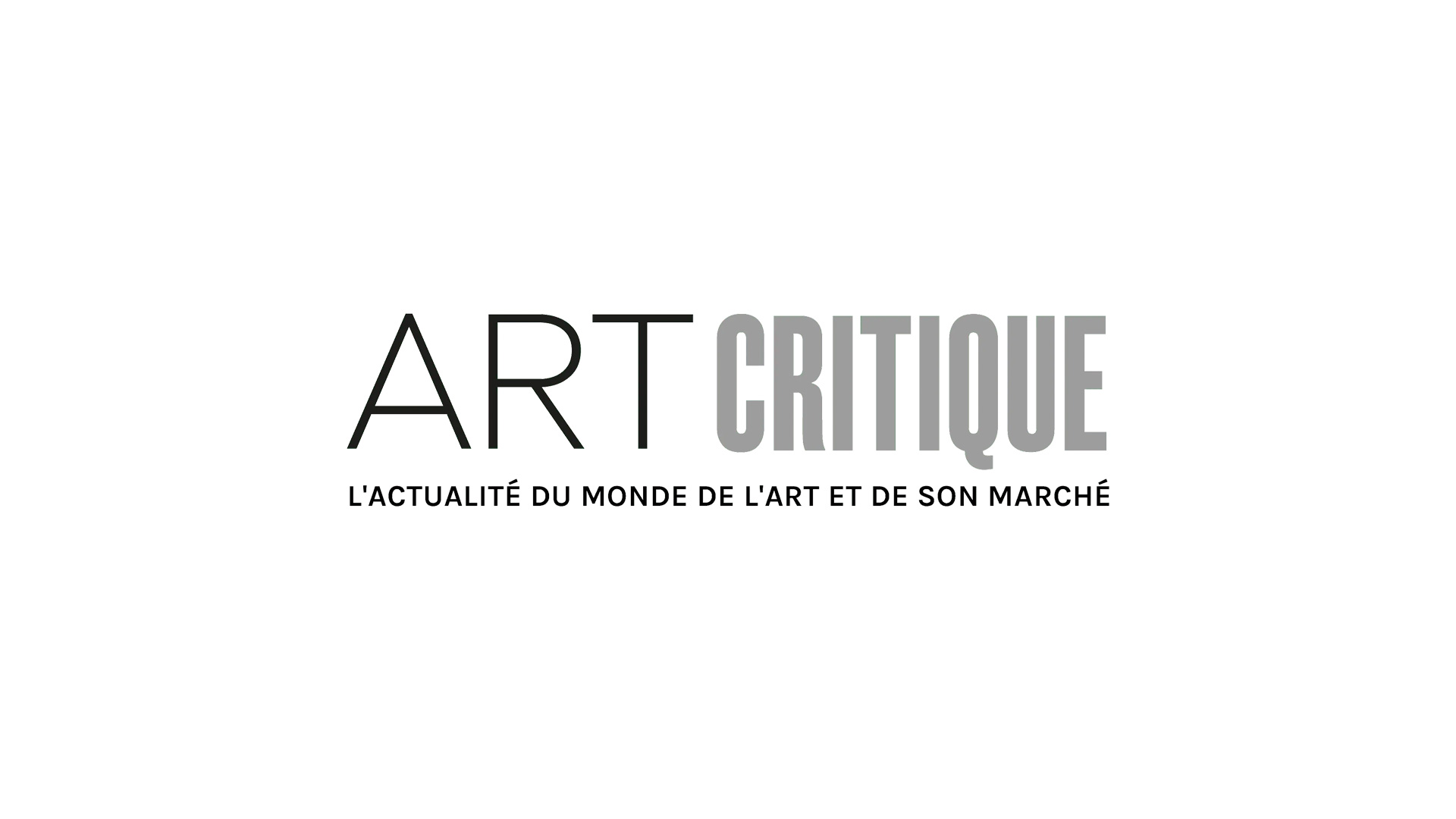Art connoisseurship is the ability to look at a work and know almost instinctively who painted the picture, or who created the work.
The question of whether art connoisseurship is dead came up this week in the Art Newspaper where it was argued that sophisticated advertising practices have essentially destroyed connoisseurship.
For several decades now, the value and utility of connoisseurship have been called into question. After the turn away from connoisseurship in academia in the 1970s and the emergence of contemporary art as a market commodity in the 1980s, and with those trends looking irreversible, is it possible to say we’ve reached the effective end of art connoisseurship?
In the 1970s art history as an academic discipline started to change. In fact, the whole of the humanities underwent significant change in terms of what was emphasized in scholarship, it wasn’t isolated to art history.
Up to that point, the “great man” narrative dominated the humanities. We wanted to know everything about the individuals (often white, European men) behind works of art, works of literature, philosophical treatises and political movements. Academics fixated themselves on the lives of these “great men”, delving profoundly into their personal lives. How did they get along with their mother? What did they eat? How was their sex life?
In art history, that meant working strictly with the object and its creator. Connoisseurship is the ultimate demonstration of mastery of that craft.
However, academics began standing farther back from the object in order to get a sense of the whole context. Art historians lost touch with the object and its relationship with its creator in order to study the greater context in which the art was produced.
As art history underwent transformation, so did the art market. With the rise of the super-rich, small numbers of extremely wealthy individuals could compete with museums for the normally pricey art – the Old Masters, the modernists, the impressionists. Naturally, there is a very finite number of those works. But once these works had mostly found homes in museums, galleries, and the mansions of the wealthy, the art market couldn’t allow itself to fatally contract.
Art dealers reacted swiftly. They offered up contemporary art to inexperienced buyers and created a massive new trend in the meantime to make up for the small number of elusive, older works.
As contemporary art (seemingly in endless supply) filled in where the Old Masters simply weren’t available, connoisseurship became increasingly irrelevant as a skill in the art market. A contemporary artist’s ability to mimic a famous, dead one even became a value rather than a sign of the artist’s vapidity.
So, is connoisseurship dead? Reports may be somewhat exaggerated. However, its purported value has clearly diminished as a result of changing academic trends and an insatiable market.





